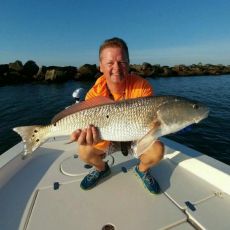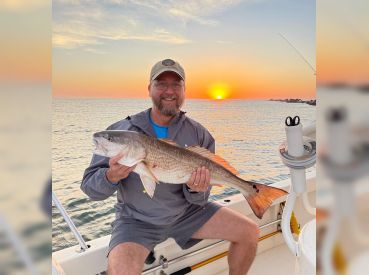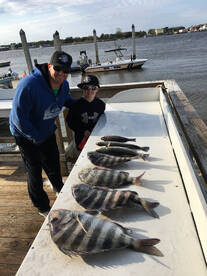Sails, Kings, & Cobia
August 18, 2016
Jacksonville
3 photos
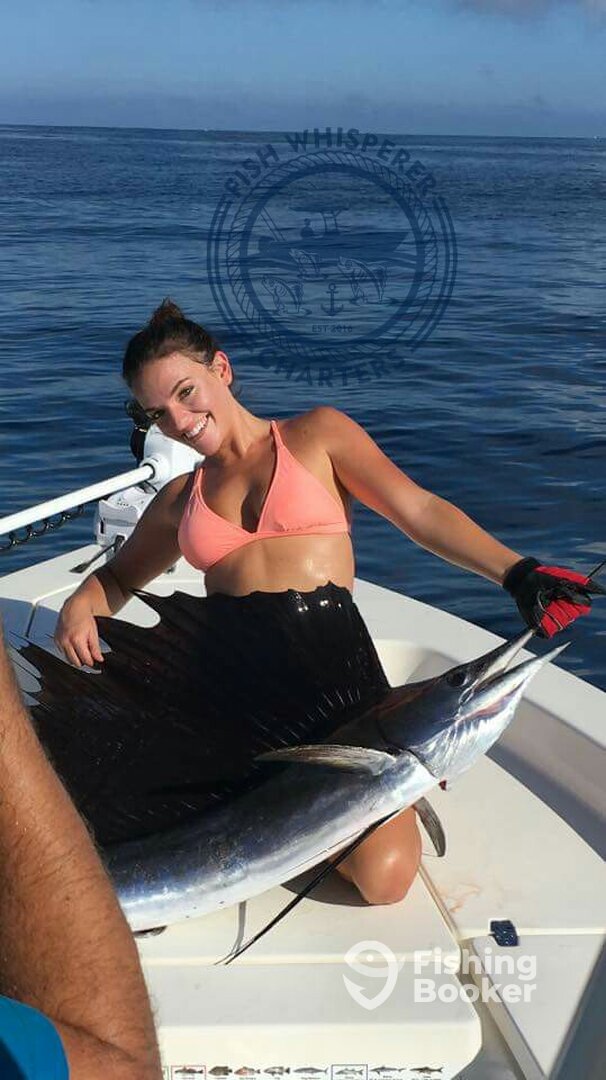
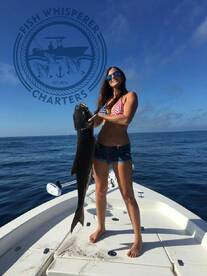
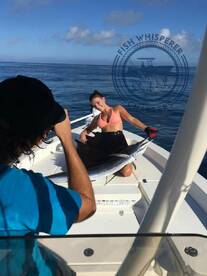
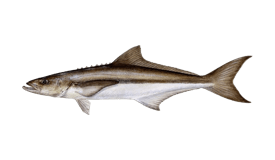
Cobia
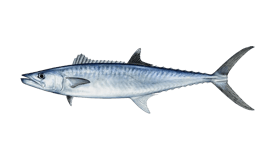
King Mackerel (Kingfish)
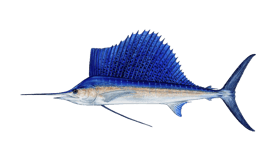
Sailfish
Trip Summary
Trip Summary
I think the best bet is to layer your fishing outing with several options. For instance, start early morning around docks and rocks using shrimp or mullet for redfish, flounder, and various other species, then venture down the beach when the sun is little higher and you can spot menhaden pods more easily to venture offshore with. Or, if you catch a few ladyfish, chunk them up and send them down on a 3-way swivel or dropper-rig along the river channel edges for tarpon or red. I’ve found the best tarpon bite has been outgoing tides on the North side of the Mayport Jetties in about 30-35ft of water on the bottom about half-way out the rocks to the tip. If you’re fishing on the top with air-injected baits/free-swimmers/floats, the South tips are hooking up more for me and a few others I’ve spoken with. There are great opportunities for bull redfish in the same areas.
If you’re getting offshore to local reefs/wrecks, I’ve seen a lot of sardines and cigar minnows in very clear water the last couple of days which could explain a better variety of species out there now. Water temp has averaged 82.6 on the surface and when we swim sometimes to cool off, there is a noticeable difference 4ft beneath the surface of cooler water. The kingfish bite has been mediocre for me with many short strikes from the “snakes” (smaller king mackerel). However, there are the occasional surprises of cobia and sailfish striking trolled rigs. On the 18th, while filming a pilot episode for an upcoming show, we doubled-up with a 28lb cobia and a 6ft sailfish with the cobia being fought astern and the sailfish on the bow. Both fish took the flat lines at 100yds and 50yds. It’s all on film. I can’t make this stuff up!
(TTPs - Tactics, Techniques, & Procedures)
Because of the shorter strikes with the kingfish, adjusting the stinger rigs to your bait is imperative. I’ve typically had my stinger about half-way between the dorsal and tail so as not to interfere with the natural swimming motion of the bait; however, after being struck short several times, I moved it back a little further towards the tail and have had much better results. This, in combination with chum-bags and live chumming, should give you results.
I’ve also had some questions from clients about why I troll with 20lb mono and soft-tipped rods so I’d like to cover the reasoning. I have no problem with talking with some of the veteran captains in the area and picking their brains so after speaking with some of them and trial and error, I decided to go with a soft tip 7’0” rod with 20lb mono and 40lb fluorocarbon leader (5ft). The leader is connected with a uni-knot and when it’s time to tie on my kingfish rigs, another uni or world’s fair knot is used.
When king mackerel strike they may be doing so at 30mph sometimes and if they hit a rig with no shock absorption, like braid, they’ll break it and move on most of the time. The lighter mono instead of 40lb or so is used because those fish have excellent vision and it would increase the chance of spooking them, especially in clear water. A soft, flexible tip serves the same purpose of shock absorption which is very important when the fish is near the boat and decides to swim to Portugal.
The key to fighting with these is setting the drag at a very light pressure (2-3lbs is what I use) and gradually cranking down as the fish fatigues. If they start making another run, loosen the drag again. Pump up with steady pressure and reel down as you lower the rod making sure not to lower it too much and giving the fish slack. Then stop reeling, pump up steady and repeat the sequence back down.
This technique and set-up worked for two sailfish and multiple cobias, jacks, sharks, barracuda, etc. Just ask Caimyn and Anna from the pictures!
Fair Winds & Following Seas, Capt Kris Kell
